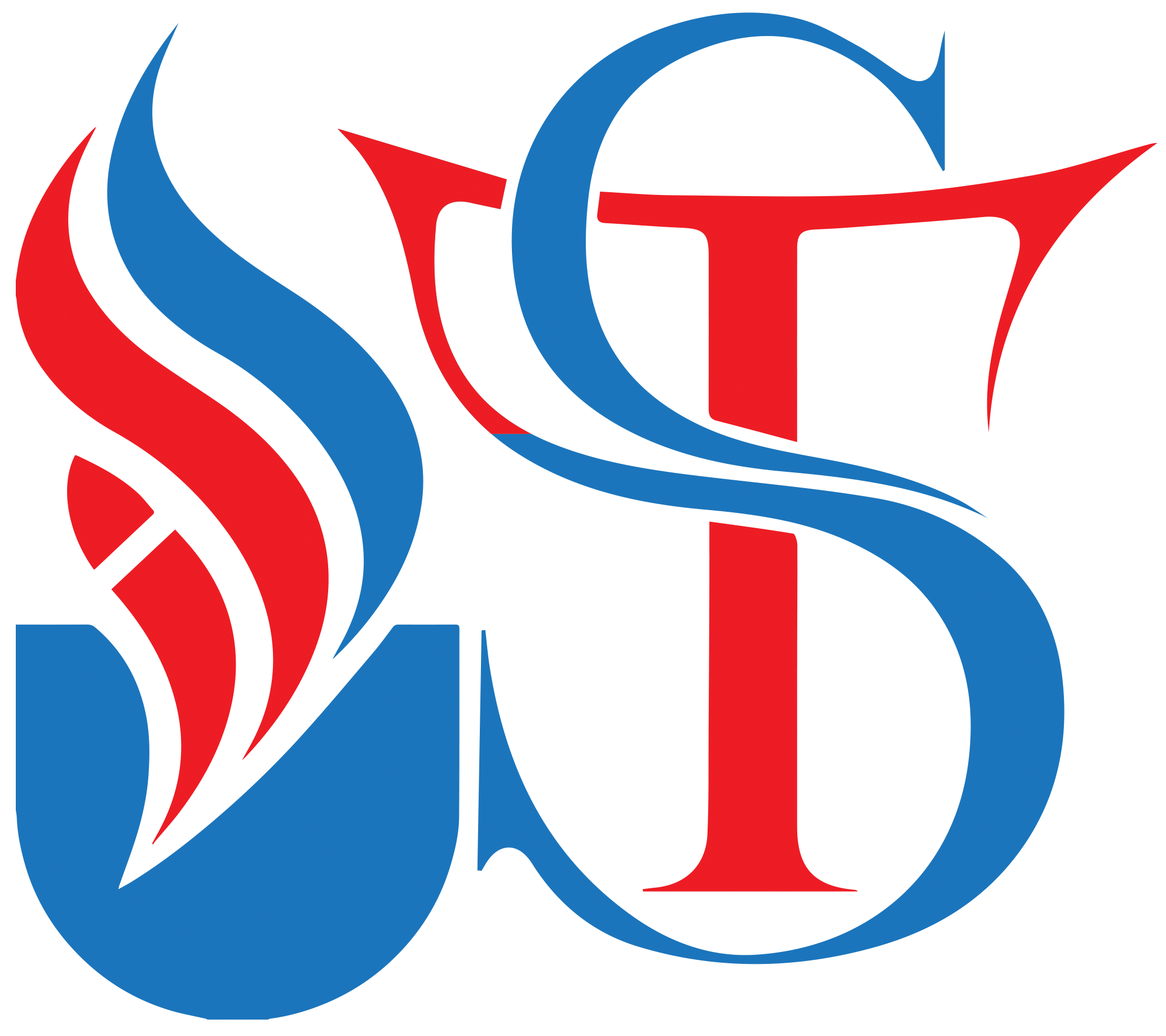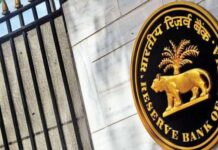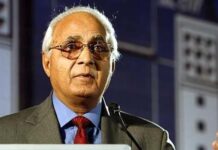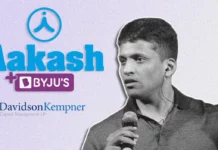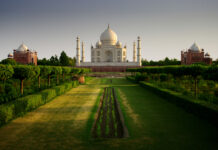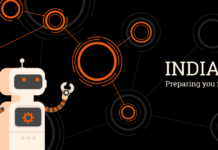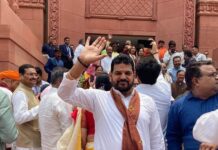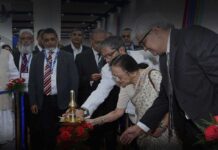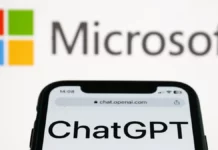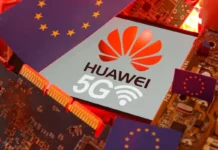Has the Modi government’s constant anti-Pakistan rhetoric re-hyphenated India and Pakistan? Can the world’s two most celebrated democracies – India and US – finally become proper allies? Does the Nehruvian doctrine of Non-Alignment Movement still exist? Can India call the shots in a global world order, perhaps as a counter to China? Has the Indian-American diaspora finally come of age in US Politics?
These were some of the questions broached in the Howdy, America! session at the Mughal Tent on Jan 24 at the Zee Jaipur Literature Festival 2020.
Hosted by former US Ambassador and author Navtej Sarna, the participants were The New York Times’ South Asia Bureau Chief Jeffrey Gettleman, The Hindu’s Associate Editor and US Correspondent Varghese K George and former Foreign Secretary Shyam Saran.
Sarna kicked off the session by pointing out that while the India-US relationship had much going for it — whether it was being democracies, believing in the rule of law, a free media or others things — there continued to remain a doubt over the ties between the two nations.
Uneasy partnership
Jeffrey Gettleman joked that he had a sense of existential dread – given the brunt of criticism the NYT faces. He said that the US struggles with India because it believes that New Delhi can be pushed around. The US wants two things from India – to open up its markets and be a counterweight to China. Understandably, Gettleman notes, India refuses to play ball.
He said: “The US is very concerned by China. India a natural counter to China. India hasn’t embraced that. The second issue is doing business. Big business. Big American companies want to be on the ground floor. There is a lot of regulation and red tape.”
Meanwhile, Varghese George noted that while there was a convergence of values, there were rigorous efforts on both sides to rethink and define the relationship.
Shyam Saran concurred, noting that the there had been a coming together since the end of the Cold War and the deflections (between Washington and New Delhi) were only because of inner politics.
As he put it, “India and US have been very vibrant democracies since they got independent. Sometimes, despite that, they were still on opposing sides of the fence. When interests diverge, democracy may dampen antagonism. In the current phase it is strengthening the convergence.”
He however noted that India’s perspective sometimes differed from the US, and New Delhi remained wary of the US sacrificing India’s interest whenever it needed to.
#ZEEJaipurLitFest2020 #Jaipur #LitFest #Literature @TeamworkArts #MughalTent pic.twitter.com/eO8a4d7Ii8
— ZEE Jaipur Literature Festival (@JaipurLitFest) January 24, 2020
The Reluctant Bride?
Sarna joked that there were some who claimed India was the reluctant bride who was afraid of commitment — a description Shyam Saran disagreed with. He said there was ‘wooing’ from both sides, and while there was asymmetry in the relationship, that was natural.
Trump’s Twitter woes
No session about the India-US relationship can be complete without discussing the POTUS’ trigger-happy tweeting habits and Sarna latched on to it, wondering if India should take Trump’s 5:30 AM tweets dissing New Delhi by calling a India a ‘tariff king’ seriously. Or, he asked, should it be dismissed as not being real foreign policy?
Jeffrey Gettleman felt that there actually existed a fair bit of frustration about the way Trump conducted foreign policy, and the displeasure was across the board. He added that many felt the State Department’s expertise wasn’t being used and the White House’s ‘strange positions’ were not often aligned with thoughtful policy.
Along the way, he gracefully side-stepped any questions about ‘Deep State vs White House’ but noted that amongst Americans, interest in India was high.
Trump sticking to his promises
Varghese noted that while Trump was often considered unpredictable, what he said during the campaigns was what he was doing as President. Trump had claimed in campaigns that India and China had ‘duped’ his predecessors and promised to protect American workers over big corporates.
The Hindu Associate Editor also pointed out that both India and the US had moved towards nationalistic policies, and there was adherence to what was being said in elections and that rhetoric was now actually shaping policy.
Is Trump coming back?
Gettleman noted that it was a very strange time in US politics to the extent that his own paper had just backed two Democratic candidates – Amy Klobuchar and Elizabeth Warner.
He however noted that it would come down to the battleground states because the antiquated electoral college meant that no one campaigned in big cities in the country, but were hell-bent on winning Michigan, Ohio and Florida.
He noted: “No one campaigns in the biggest cities in the country, but they are hell-bent Iowa, Michigan, Ohio and Florida. That’s what is coming down to. The economy is doing well. Stock master is doing gangbusters. And when the economy is strong, it’s very difficult to unseat a good president. Only Bill Clinton managed it, but Clinton was unique (when he unseated George Bush Senior).”
Has India already backed Trump?
Shyam Saran noted that India had appeared to declare support for the President. In fact, he noted, the ongoing impeachment proceedings would help crystallise Trump’s core base and poined that it will actually increase his chances of winning as opposed to a few months ago.
Has the Indian diaspora come of age?
Varghese George stated that even though the 2016 election was perhaps one which saw loud anti-immigration, even xenophobic rhetoric, for the first time, 1% of the US Congress was Indian-American — the highest point for a small diaspora.
He noted that the Indian diaspora was still stuck between here and there.
He said: “The Indian-American has been split into pro-Hindutva and anti-Hindutva which is equally vocal. There is a thing to be noted that it’s largely upper-caste, middle class Indians who qualify with a caste system. They are not really there. They haven’t left India. They carry a lot of baggage from India. We have contradictory politics. You have the same people who are vocal about minority rights in the US but are equally supportive of authoritarianism back home.”
Bobby Tales
Gettleman noted the rise of 2016 Republican nominee Bobby Jindal – who he knew as a graduate student. Jindal was tapped by the Governor of Louisiana to run their healthcare system and he rose very fast through the democratic ranks. He also got support form both Democrats and Republicans, many of whom backed him despite his conservative positions on gun control, rape, incest and abortion.
While the common notion would be that an affluent group like Indians would pick the Democratic party, Jindal got a lot of support from Indian-Americans across the spectrum who were simply celebrating the rise of one of their own.
Has India discounted the impeachment proceedings?
Shyam Saran noted that India was definitely leaning towards Trump, and ideologically too there was an affinity for Trump and his politics. He added: “There’s this judgement that if you look at the last four years, amongst US Allies and partners, India has got off lightly. That’s a very common perception in the establishment.”He added there was also a sense that while the NYT and its ilk might complain about decisions India takes, there wouldn’t be too much opposition from the Trump administration on decisions like the CAA or Kashmir.
China entering the field
Gettleman noted that in the early days, Trump had really stuck it to Pakistan which saw China stepping into the field. China stepped into help Pakistan at a time when the US had abandoned the country and thus began the evolution of the role Beijing sees itself playing in the field.
Navdeep Sarna noted that India and US had made strategic gains under the Trump administration, particularly in defence and counter terrorism. But was India in a place to maximise this opportunity or would it remain cautious?
Shyam Saran felt that it was imperative that we don’t want to be part of a fight.
He said: “If you look at the spectrum, we are near the confrontation part. But India is looking for a sweet spot. But can you do that when the power balance between India and China is shrinking? The gap is expanding.”
Re-hyphenating India and Pakistan
One of the downsides of the government’s constant anti-Pakistan rhetoric has been the fact that in the world view, India and Pakistan were again hyphenated.
Shyam Saran said: “Part of the problem is that we ourselves have brought that hyphenation back. Look at the mind space that Pakistan occupies. Not because Pakistan is such an important country for India, but because Pakistan has become a very useful kind of a tool. Now the price that we’ve had to pay, whatever the political gains of playing the Pakistan card again and again and again in domestic politics, now in international perception, we are once again brought together. You’ve somehow projected that the most important country for you is Pakistan, whereas the focus should’ve been on China.”
Varghese George in the meanwhile noted that for Trump the worldview was transactional. While Indians loved Trump attacking Pakistan in the early days, with even Modi attacking our neighbours during the Howdy, Modi event in Texas, the problem remained that with Trump eager to get out of Pakistan, Washington and Islamabad might be back to square one.
The future?
Channelling his inner Littlefinger (chaos is a ladder), Shyam Saran noted that everything was in flux and India had the opportunity to expand into a demographic dividend. But that would depend on the strategies one would adopt, and it wouldn’t be feasible without returning to a higher growth path, opening up the economy.
He noted: “You can’t reverse globalisation. The future will belong to those who can stay ahead of the curve.”
